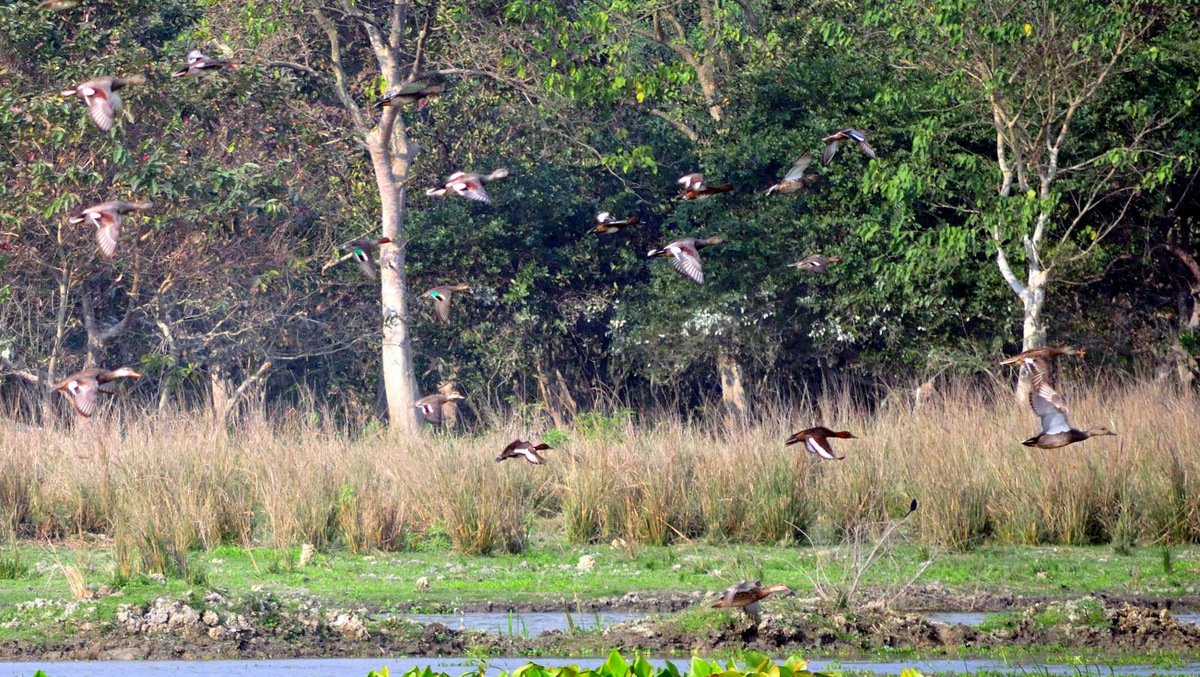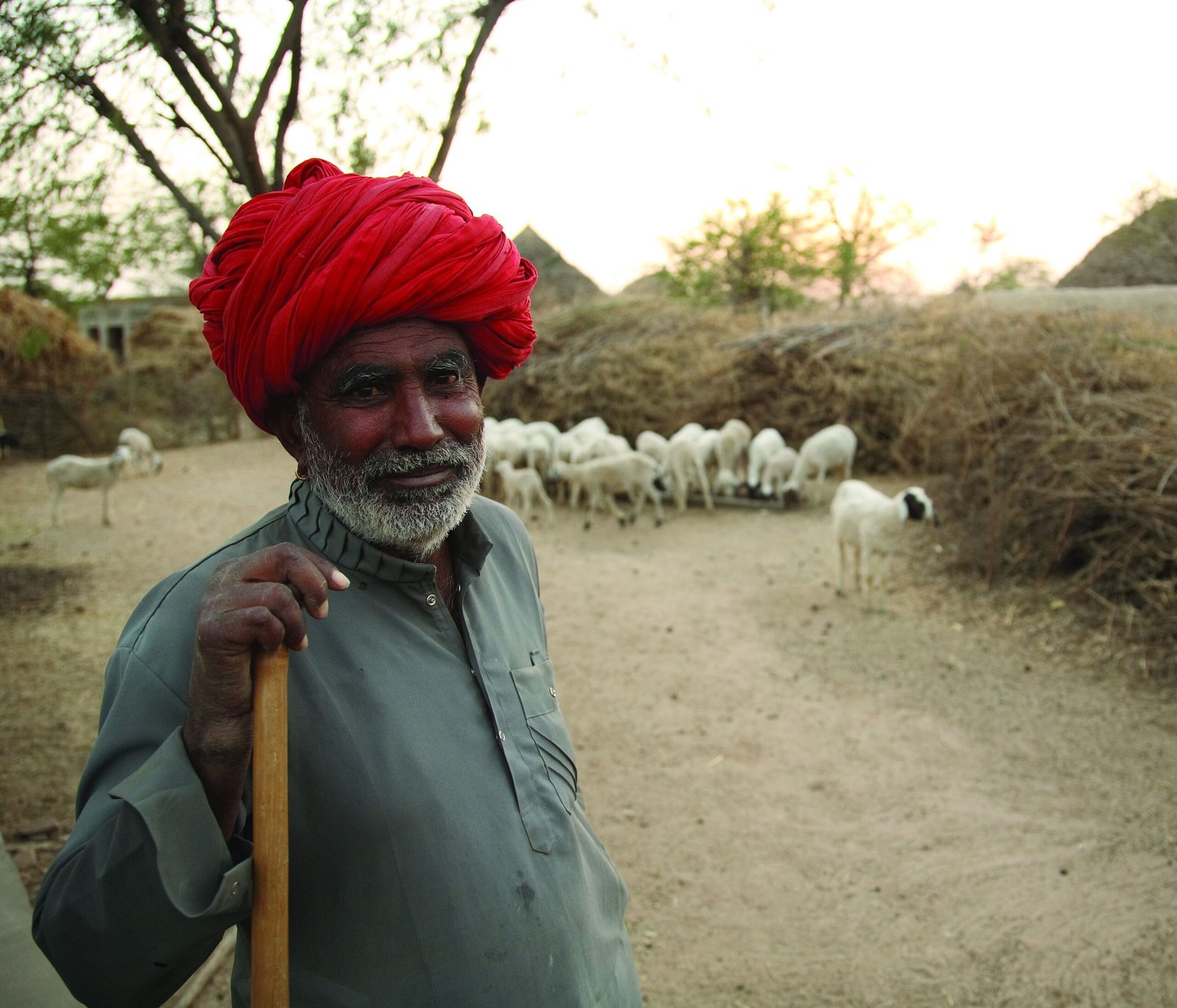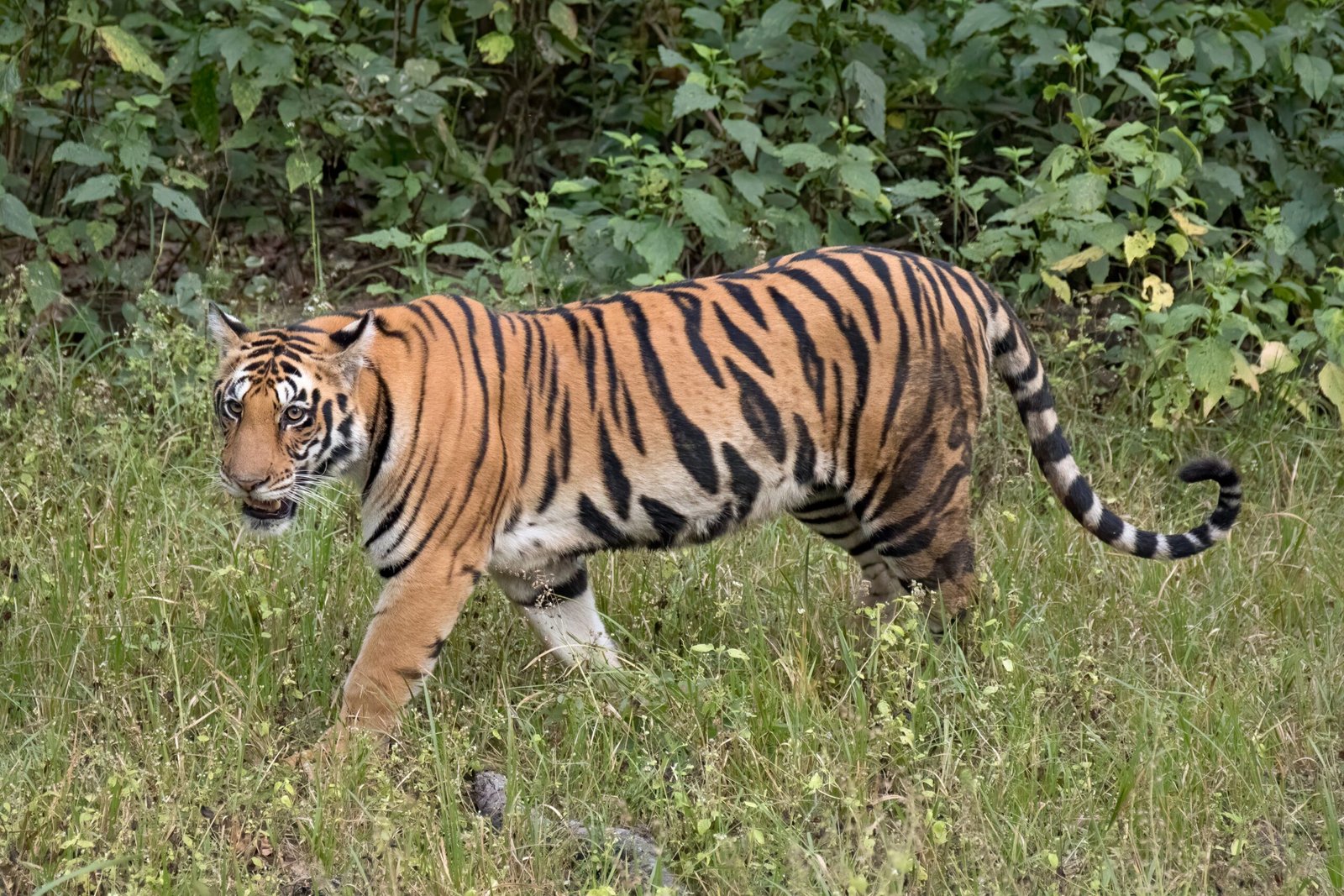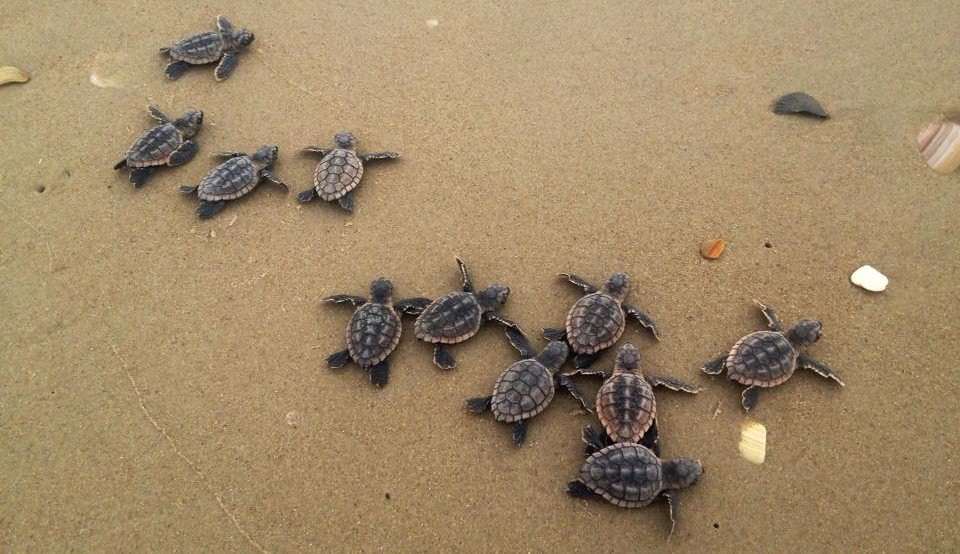India, a land of diverse ecosystems, is home to an extraordinary variety of wildlife. From the majestic Bengal tiger to the elusive snow leopard, the country’s fauna is as varied as its cultures. Yet, the challenges facing Indian wildlife are immense. Poaching, habitat destruction, and climate change are just a few of the threats. In this context, community support emerges as a vital pillar in wildlife conservation efforts. The involvement of local communities can make a profound difference, not only in safeguarding wildlife but also in fostering sustainable development.
A Rich Tapestry of Biodiversity
India’s geographic diversity, ranging from the Himalayas to the coastal plains, provides a habitat for a staggering array of animal species. This biodiversity is not just a point of pride; it is essential for ecological balance. Each species plays a unique role in its ecosystem, much like the pieces of a jigsaw puzzle. When one piece is lost, the entire picture is jeopardized. Therefore, preserving this biodiversity is crucial not only for the environment but also for the communities that rely on these ecosystems for their livelihoods.
The Interconnection of Wildlife and Communities

In many parts of India, local communities and wildlife share the same space. For centuries, these communities have coexisted with nature, developing intricate knowledge systems that respect and sustain the environment. This relationship is symbiotic. While wildlife provides resources and ecosystem services, communities, in turn, play a role in conservation. Traditional practices such as sacred groves and community forests have long been part of India’s conservation ethos, highlighting the deep-rooted connection between people and nature.
Challenges in Wildlife Conservation
Despite the rich history of coexistence, modern challenges threaten India’s wildlife. Rapid urbanization and industrialization are leading to habitat loss, while illegal poaching poses a direct threat to many species. Additionally, climate change impacts habitats and alters migration patterns. These challenges are complex and multifaceted, requiring a comprehensive approach that integrates scientific research, policy, and community involvement. Community support can be the linchpin in addressing these challenges, offering localized solutions and fostering resilience.
Empowering Communities for Conservation
Empowering local communities is not merely about involving them in conservation efforts; it is about equipping them with the tools and knowledge to become stewards of their environment. Education and awareness programs can play a pivotal role in this regard. By understanding the importance of conservation, communities can develop innovative strategies to protect wildlife. Furthermore, involving them in decision-making processes ensures that conservation initiatives are culturally sensitive and locally relevant.
Success Stories: Community-Led Initiatives

Several success stories across India highlight the power of community-led conservation. In the Western Ghats, the Agumbe Rainforest Research Station works closely with local communities to protect the king cobra and its habitat. This collaboration has led to increased awareness and reduced human-snake conflict. Similarly, in Rajasthan, the Bishnoi community has been protecting blackbucks for centuries, showcasing the impact of traditional conservation ethics. These examples underscore the potential of community support in achieving conservation goals.
The Role of NGOs and Government
Non-governmental organizations (NGOs) and government agencies play a crucial role in facilitating community involvement in conservation. By providing resources, training, and support, they can help bridge the gap between scientific research and local knowledge. Collaborative efforts between these entities and communities can lead to more effective and sustainable conservation outcomes. Policy frameworks that encourage community participation and recognize their rights are essential to fostering a collaborative approach.
Sustainable Livelihoods: A Path to Conservation

Conservation efforts must also consider the economic needs of communities. Sustainable livelihoods can be a powerful incentive for conservation. Eco-tourism, for instance, provides an avenue for communities to benefit economically while preserving their natural heritage. By creating alternative income sources, communities are less reliant on exploiting natural resources, thus reducing pressure on wildlife habitats. This balance between conservation and development is key to achieving long-term sustainability.
The Future of Community-Based Conservation
The future of wildlife conservation in India is intrinsically linked to the involvement of local communities. As challenges evolve, so too must conservation strategies. Embracing technological advancements, such as using drones for monitoring and data collection, can enhance community-led efforts. Moreover, fostering a sense of ownership and pride in conservation achievements can inspire future generations to continue these efforts. The path forward requires innovation, collaboration, and a shared commitment to preserving India’s natural heritage.
A Call to Action

Community support is indispensable in the quest to conserve India’s wildlife. It is a journey that requires collective effort, where every individual has a role to play. By fostering a culture of conservation, we can ensure the survival of India’s incredible biodiversity for generations to come. The time to act is now, and with community support, a brighter future for India’s wildlife is within reach.




